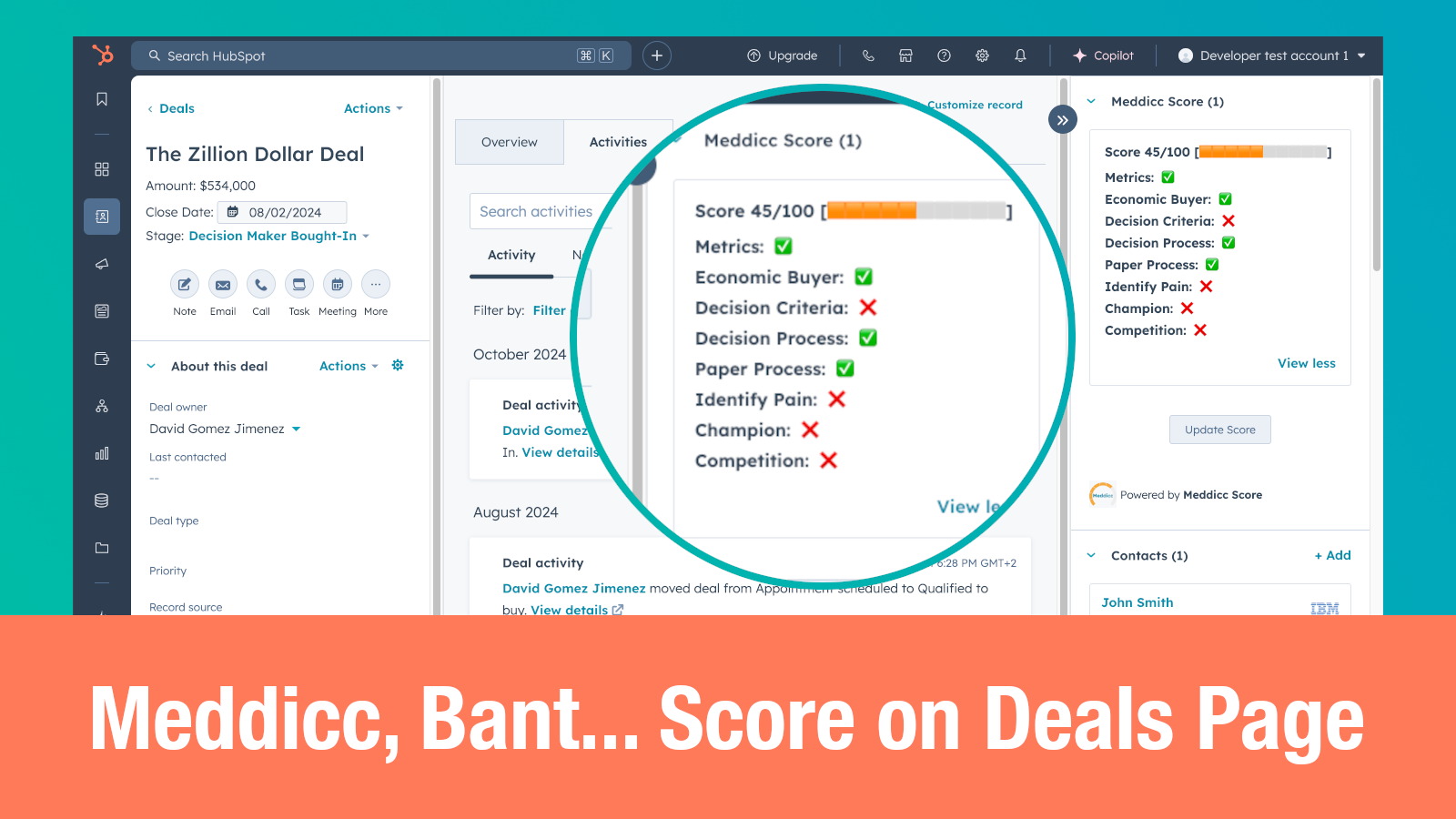Cross-Selling and Up-Selling Techniques: Maximizing Revenue from Existing Customers
In the competitive landscape of modern business, implementing effective cross-selling and up-selling techniques is essential for maximizing revenue from existing customers. These strategies not only increase average order value but also enhance customer satisfaction by offering tailored solutions. In this guide, we will explore the definitions of cross-selling and up-selling, their importance, and practical techniques to incorporate them into your sales approach.
Understanding Cross-Selling and Up-Selling
What is Cross-Selling?
Cross-selling is the practice of encouraging customers to purchase related or complementary products alongside their primary purchase. For example, if a customer buys a laptop, a retailer might suggest accessories like a laptop bag or external mouse. The goal is to enhance the customer’s initial purchase and improve their overall experience.
What is Up-Selling?
Up-selling, on the other hand, involves encouraging customers to upgrade their purchase to a more expensive or premium version of the product they are considering. For example, if a customer is interested in a standard hotel room, the receptionist might highlight a more luxurious suite that offers additional features. Up-selling is intended to increase the value of the transaction by capitalizing on the customer’s interest in a specific item.
Why Cross-Selling and Up-Selling Matter
Maximizing revenue from existing customers through cross-selling and up-selling is a cost-effective strategy compared to acquiring new customers. Here are a few reasons why these techniques matter:
- Increased Sales: Encouraging customers to buy more increases the average transaction amount.
- Enhanced Customer Experience: Providing personalized recommendations fosters customer satisfaction and loyalty.
- Higher Profits: Selling higher-priced items or additional products typically leads to higher profit margins.
Techniques for Effective Cross-Selling and Up-Selling
1. Know Your Customers
Understanding your customer’s preferences and purchase history is crucial for effective cross-selling and up-selling. Use customer data and analytics to tailor recommendations to individual shoppers’ needs.
2. Personalized Recommendations
Leverage technologies such as AI-driven algorithms to provide personalized product recommendations at the right moment—during checkout, follow-up emails, or customer service interactions.
3. Bundle Products
Create product bundles that offer a discount for purchasing items together. This encourages customers to see the value in buying additional related products.
4. Train Your Sales Team
Ensure your sales team is well-trained in cross-selling and up-selling techniques. They should be comfortable suggesting additional products and articulating the value they bring to the customer’s experience.
5. Use Strategic Placement
Place related products visibly on your website or store near the primary item. For instance, if a customer is viewing a camera, display related products like tripods or memory cards nearby.
6. Set Up Automated Emails
Utilize automated email campaigns to follow up with customers post-purchase. Suggest products they might need based on their previous purchases, encouraging cross-selling or up-selling without additional effort.
7. Showcase Customer Reviews
Displaying customer reviews or testimonials on product pages can enhance trust and encourage customers to consider higher-end products or complementary items they may not have initially thought about.
Conclusion
Mastering cross-selling and up-selling techniques is a strategic approach to maximizing revenue from existing customers while providing added value to their shopping experience. By understanding your customers, utilizing personalized strategies, and training your sales team, your business can effectively boost sales and foster lasting customer relationships. Embrace these techniques today and watch your revenue grow.




